Historical Monuments of Mtskheta
Three early Christian religious sites central to the development of Christianity and religious architecture in the region.
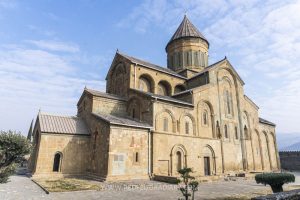
Three early Christian religious sites central to the development of Christianity and religious architecture in the region.

A huge collection of Modernist buildings (also called Bauhaus) from the 1930s and 40s, designed by architects who fled the Nazis.

A picturesque and completely intact medieval walled city dating from the 12th-15th centuries.
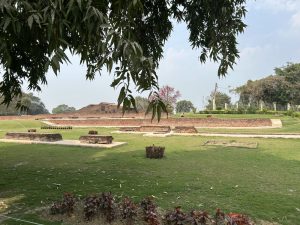
Ruins of the oldest center of learning in India, which lasted for 800 years.
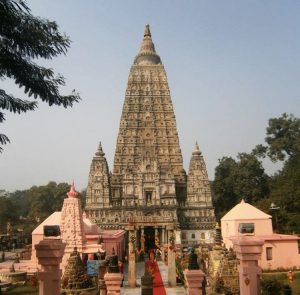
Where Buddha is believed to have reached enlightenment, with 7 sacred sites, now a place of pilgrimage and meditation.
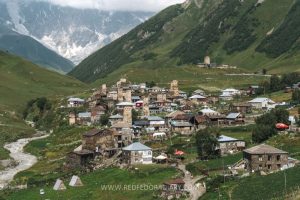
A picturesque and long-isolated region known for its well-preserved medieval villages with their stone tower houses.
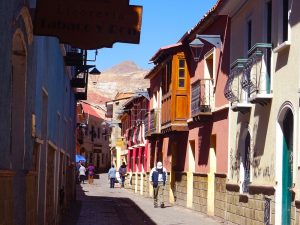
A major Spanish-colonial-era silver mine and city where the whole production chain and the social context are still visible.
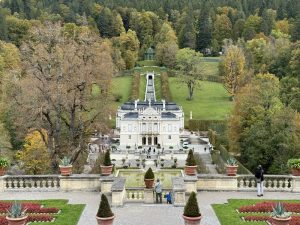
Four 19-century palaces in the Romantic and eclectic style, set in stunning natural landscapes.
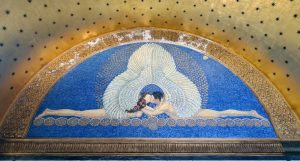
An artists’ colony used for experimentation in architecture, arts and design at the turn of the 20th century.
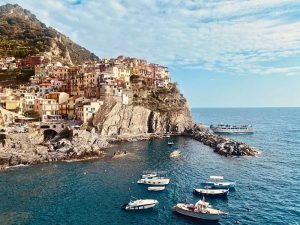
A beautiful region along the Ligurian coast where, over centuries, people adapted to and changed the dramatic natural landscape.
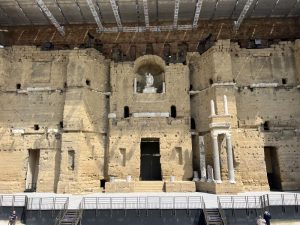
A well-preserved 1st-century Roman theater and a triumphal arch nearby with unique bas-relief images.
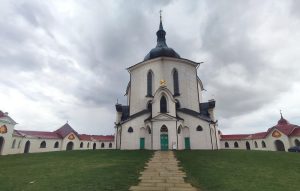
An unusual 18th-century church that combines Baroque and Gothic styles with symbolism around the number 5.
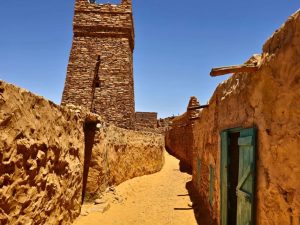
Fortified towns from the 12th-13th centuries that were key trading posts along the Saharan caravan routes and became important religious centers.
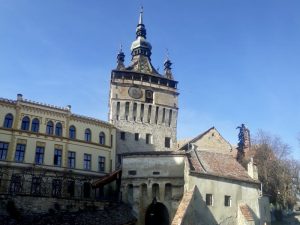
An intact fortified medieval town built by Transylvanian Saxons.
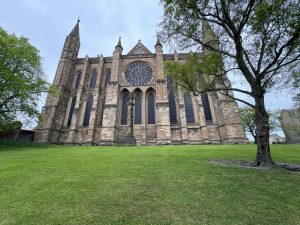
An innovative cathedral with architecture that foreshadowed Gothic, and the 11th-century Norman castle that guarded it and the northern frontier.
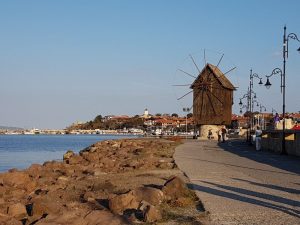
An ancient city on a peninsula containing architecture from many eras, including unique Bulgarian Renaissance elements.

An island whose inhabitants adapted their settlements to the natural conditions, and where different cultures coexisted peacefully.
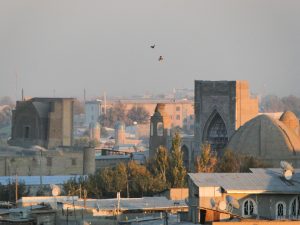
A Silk Road city with historic architecture dating to the 10th and 11th centuries, important particularly for its urban planning.

One of the Five Great Mountains and an important place of worship, known for its Taoist temples.
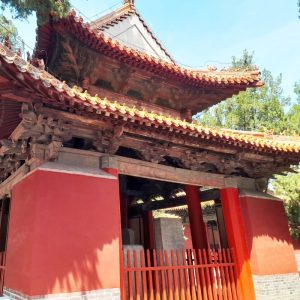
An architectural collection in the hometown of Confucius, who was hugely influential in the history of China and many other countries.

A historic city and charming old city with architecture and urban planning that show an array of cultural influences spanning centuries.
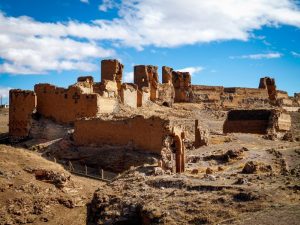
The extensive ruins – palaces, churches, mosques, fortifications, and homes – of an important trading city on the medieval Silk Road, where diverse cultures and architectural traditions met and blended.

Seven religious monuments that represent the unique Nepalese culture, mixing Hinduism and Buddhism with animism and Tantrism.

A 16th-18th-century colonial capital where European, African and Indigenous cultural influences have blended and echo to the present day.
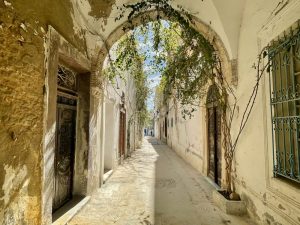
The ancient center of Tunis, with about 700 monuments dating to the 12th-16th century: mosques, gates, markets, palaces, noble houses, and more.

A group of Medieval buildings in Spain that exemplify a fusion of Islamic and Christian architectural and artistic traditions.
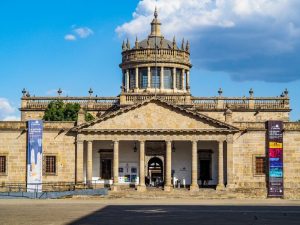
A 19th-century charitable institution in Neoclassical style, with magnificent 20th-century murals by José Clemente Orozco.
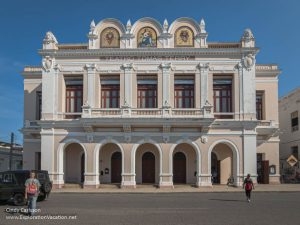
A 19th-century French settlement in Cuba with a range of interesting architecture, from neoclassical to deco and modern.
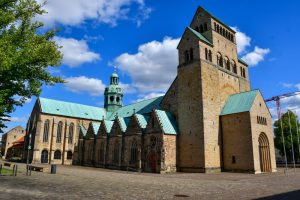
Two 11th-century churches exemplifying Ottonian Romanesque architecture and art.
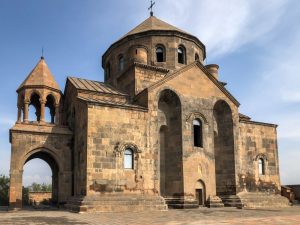
Several very early Christian churches that were influential in the development of early Armenian church architecture.
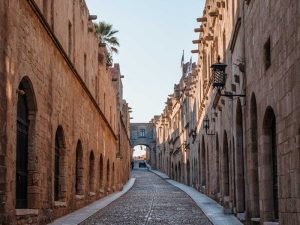
A well-preserved medieval city with complete fortifications, built largely by Crusaders, with elements of Gothic, Byzantine and Ottoman architecture as well.
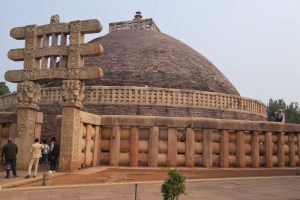
A collection of stupas, temples and monasteries that make up the earliest Buddhist sanctuary in the world.
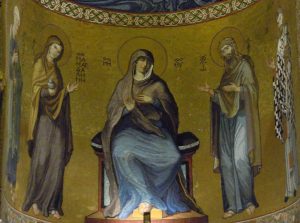
Sicilian landmarks that showcase a blend of Arab, Norman and Byzantine influences in art and architecture.
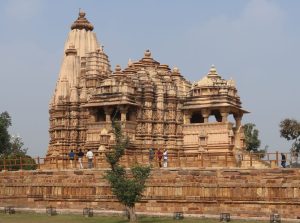
Twenty-two 11th-century temples of the Chandela period, covered in exceptionally accomplished figurative stonework.
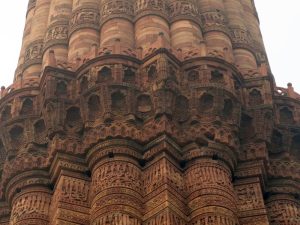
Remnants of early Islamic India, including Northern India’s oldest mosque and a minaret that is the highest stone structure in India.
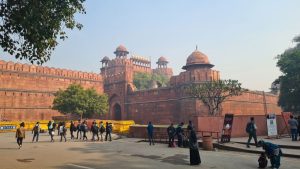
An outstanding example of Mughal architecture on a grand scale, with later British colonial additions.